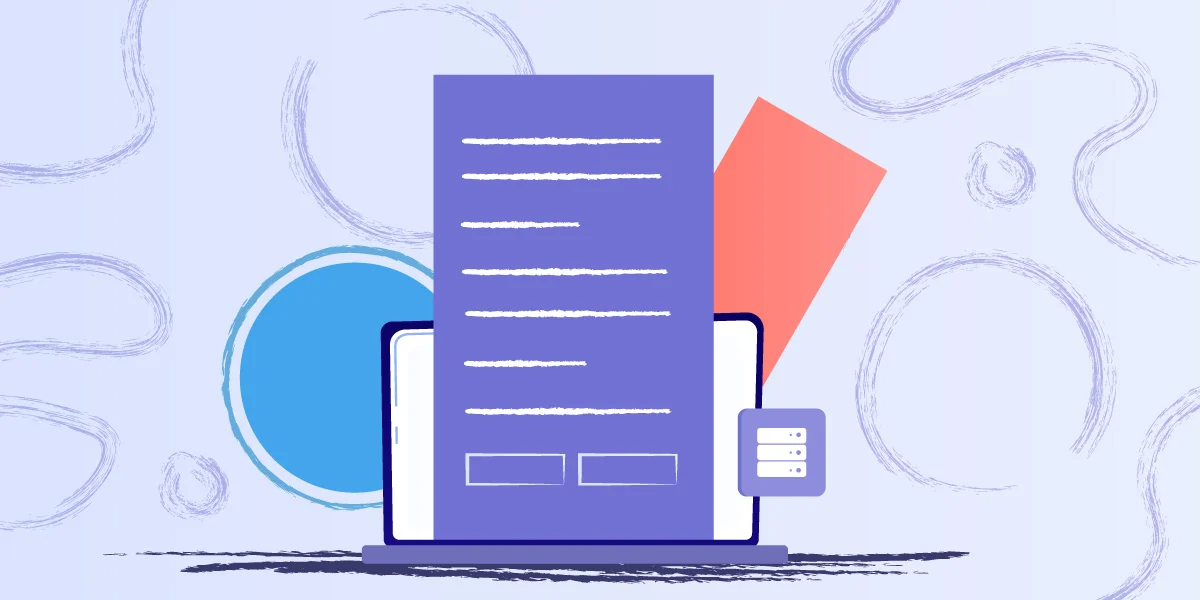Are you feeling like a jumbled mess of numbers and subnet masks as someone starts to talk IP addresses? Don’t worry, that’s not unusual. Mastering IP Subnetting is no joke but don’t despair: this ultimate ip subnet cheat sheet will make the process less of a daunting mystery! This step-by-step guide will give you the confidence and skills to decipher any obscure details about subnets. All network administrators, whether they have years of experience or are beginning to learn about networking, must be aware of the fundamentals of IP addressing.

IP subnetting allows network administrators to control and optimize the network’s resources. We have created the ultimate cheat-sheet to aid you in understanding the complexities of subnetting. This complete guide is a fantastic source for anyone wanting to learn more about IP subnetting.
I. Understanding IP subnetting:
IP subnetting is a process that splits a network into subnetworks or smaller networks to increase the efficiency of the entire network and to manage IP address assignment. It involves forming logical divisions within a network, and assigning unique addresses to each subnet. This allows efficient data routing as well as increases security.
II. Subnetting is a must cheat sheet:
Subnetting cheatsheets are a helpful tool for administrators of networks. It provides a concise reference that contains the most important formulas as well as rules and subnetting methods, which makes the process of subnetting more efficient and precise. The cheat sheet will help save your time and assure accuracy when making subnetting calculations.
III. IP Subnet Cheat Sheet: Important Elements
1. Subnet mask: A subnet masque determines the network and host portions of an address. This cheat sheet provides quick to find out the subnet mask by looking to the number of bits that are in the network.
2. Network Address: The address of the network is the address that serves as the base for a subnet. It indicates a subnet’s location within an larger network.
3. Broadcast Address (also known as the broadcast address): This is the top-level address within the subnet. It’s used to send information to all devices in the subnet.
4. Host Range Host Range: The host range contains every valid IP address that can be assigned to devices within a subnet, excluding the network and broadcast addresses.
5. CIDR Notation: The Classless Inter-Domain Router (CIDR) notation is the slash (/) in conjunction with the number of bits that make up the network. To make it easy to reference the cheat sheet comes with an example of a conversion chart.
IV. Subnetting Success Techniques and Tips
1. Subnetting by Hand The cheat sheet offers step-bystep instructions on subnetting, without the need for calculators or other tools to subnet. Understanding the fundamentals behind subnetting allows you to tackle subnetting challenges with confidence.
2. Variable length subnet masking (VLSM). This allows different sized subnets to be assigned within a single network. The cheatsheet subnet gives instructions on how VLSM could be used to optimize IP allocation.
3. Binary to Decimal Converter: Understanding binary-to decimal conversion is critical to subnetting. The cheat sheet contains a conversion table as well instructions on how to convert binary numbers swiftly to decimal.
4. Subnetting Quick-Reference Chart The cheat sheet is an information table on subnetting, which is a map of the number or bits of a network to the subnet mask that corresponds to them, as well as the number of hosts, networks, subnets and hosts.
5. Subnetting Examples: The cheat sheet offers an example of practical subnetting and also sample problems, which allow you to test your abilities and reinforce your understanding.
V. Utilization of a cheat sheet for subnetting:
1. You can save time by using a cheat sheet for subnetting. It lets you quickly and efficiently complete subnetting calculations.
2. Accuracy and efficiency The cheat sheet is used as a reliable reference helping to reduce the risk of making errors when subnetting calculations and guaranteeing the efficient utilization of the network resources.
3. Learning Aid: The cheatsheet serves as a learning aid that can assist you in understanding subnetting concepts. This cheat sheet will help you better understand the concept of subnetting and make it easier to utilize it.
IT professionals who have a solid knowledge of IP subnetting can configure networks without difficulty and manage IP networks effectively. If you’ve used the ultimate cheat sheet for networking you will have crucial insights into how to build and manage subnets according to the requirements. While IP subnetting may not require a deep understanding of the network’s basics but it is still essential to study them in order to gain a better understanding of the tool. It is essential to practice any IT expertise. Do the IP Subnetting cheat sheet frequently to help you solidify your understanding. Have fun!